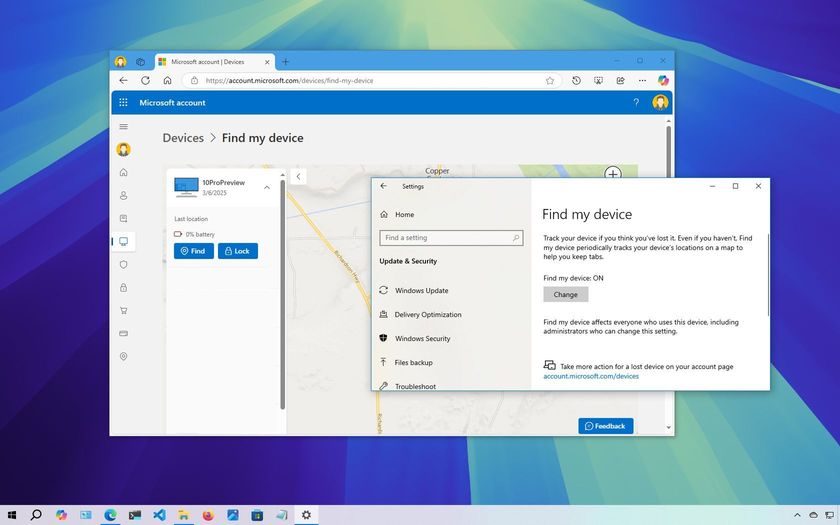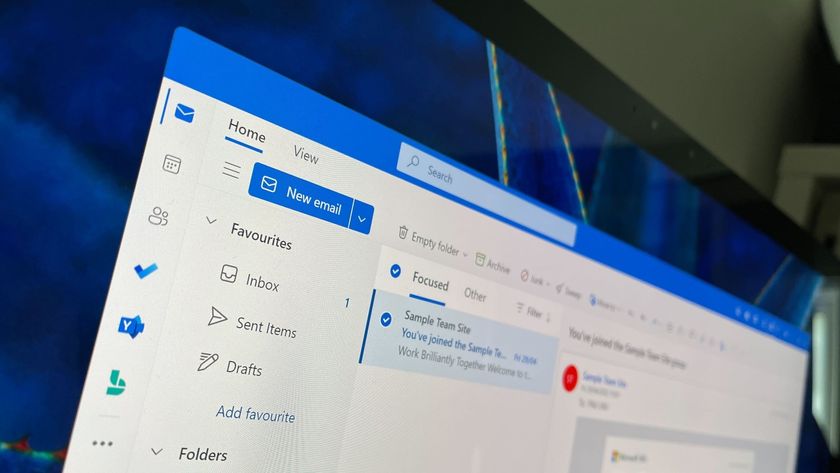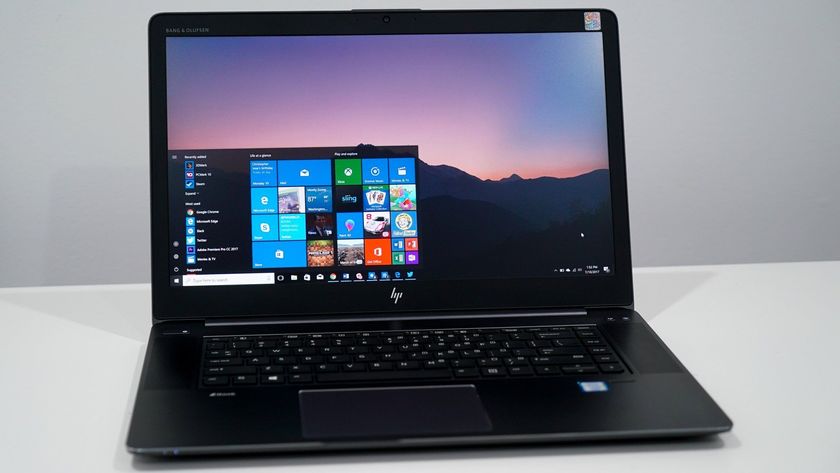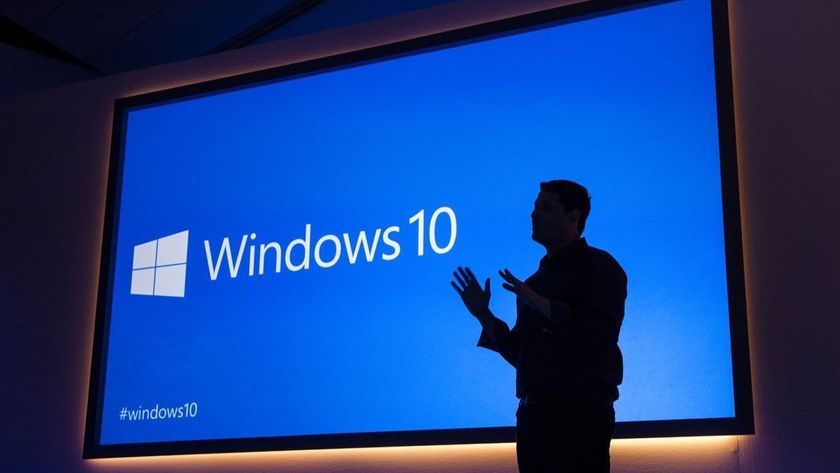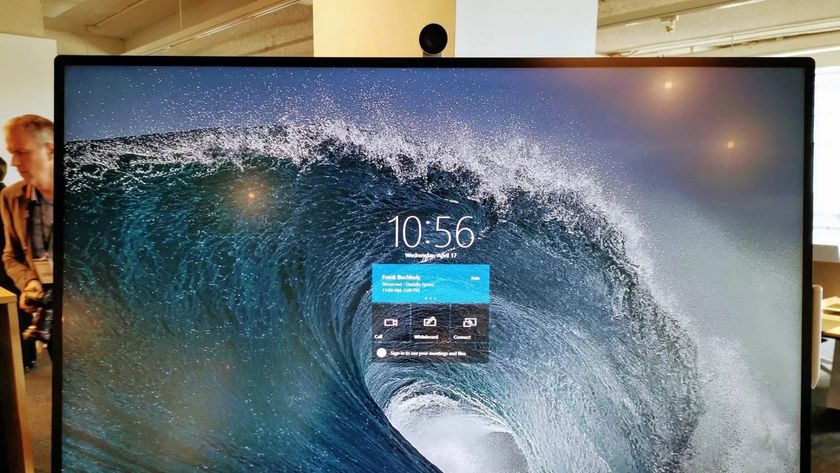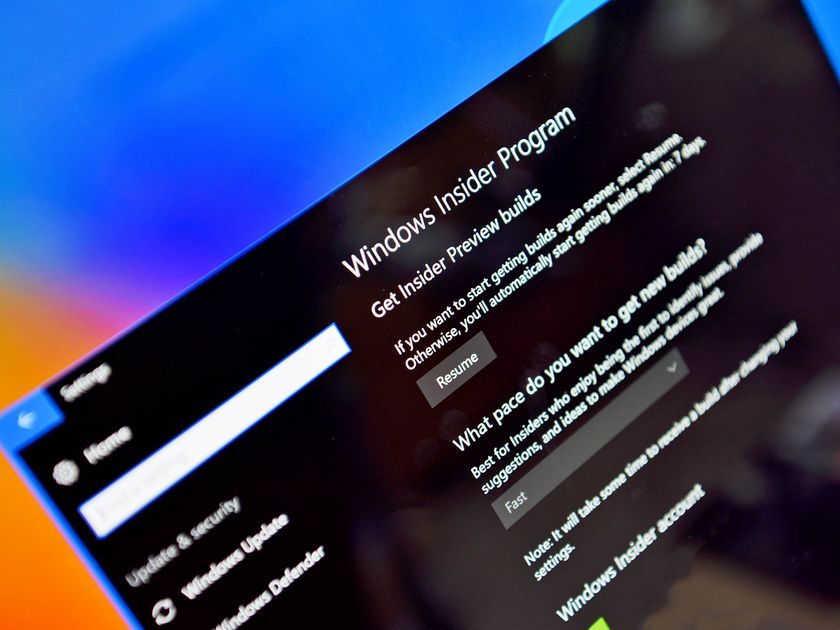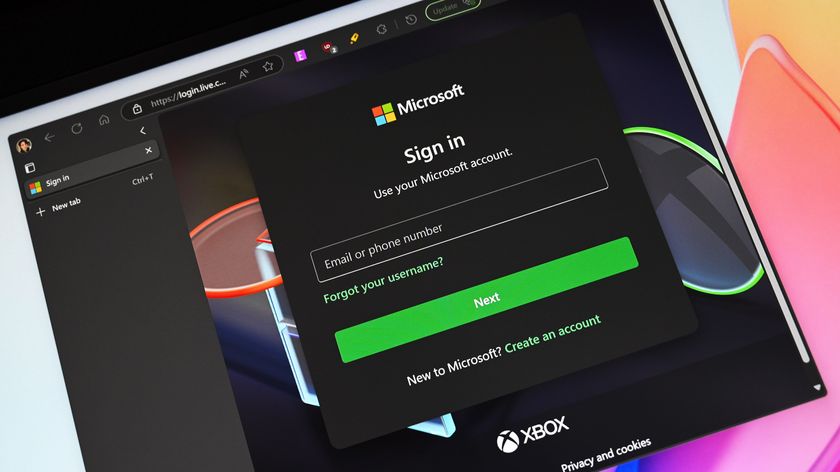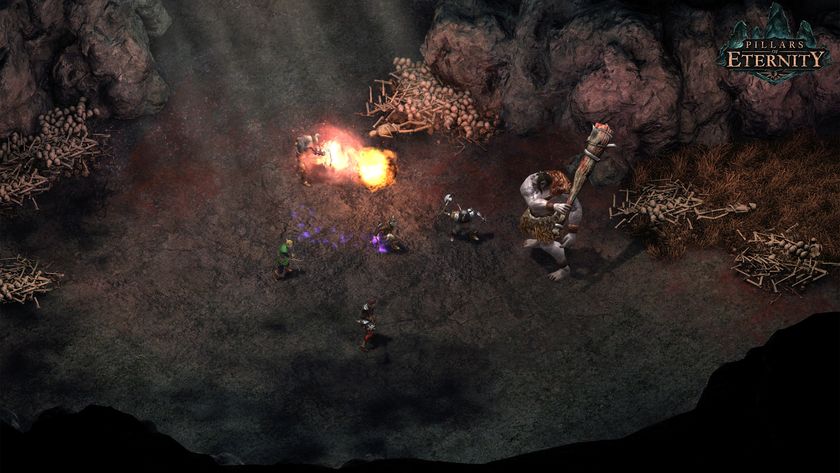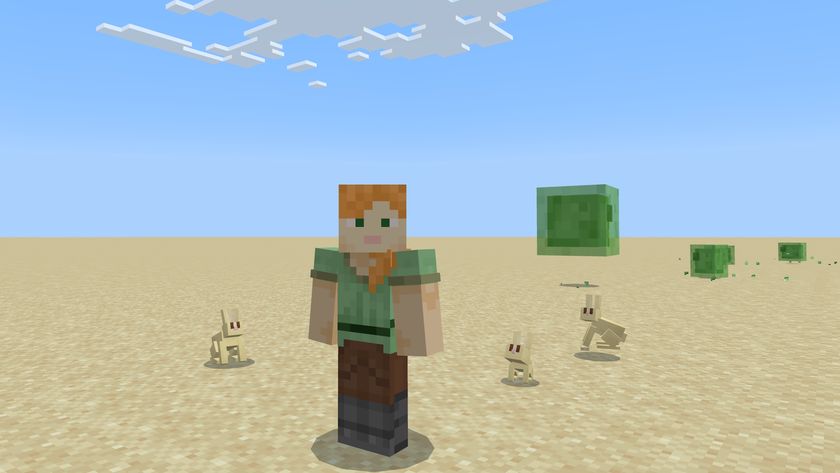Windows Defender will soon set its sights on coercive 'cleaner' software
Windows Defender will protect you against potentially coercive 'cleaner' software starting on March 1.
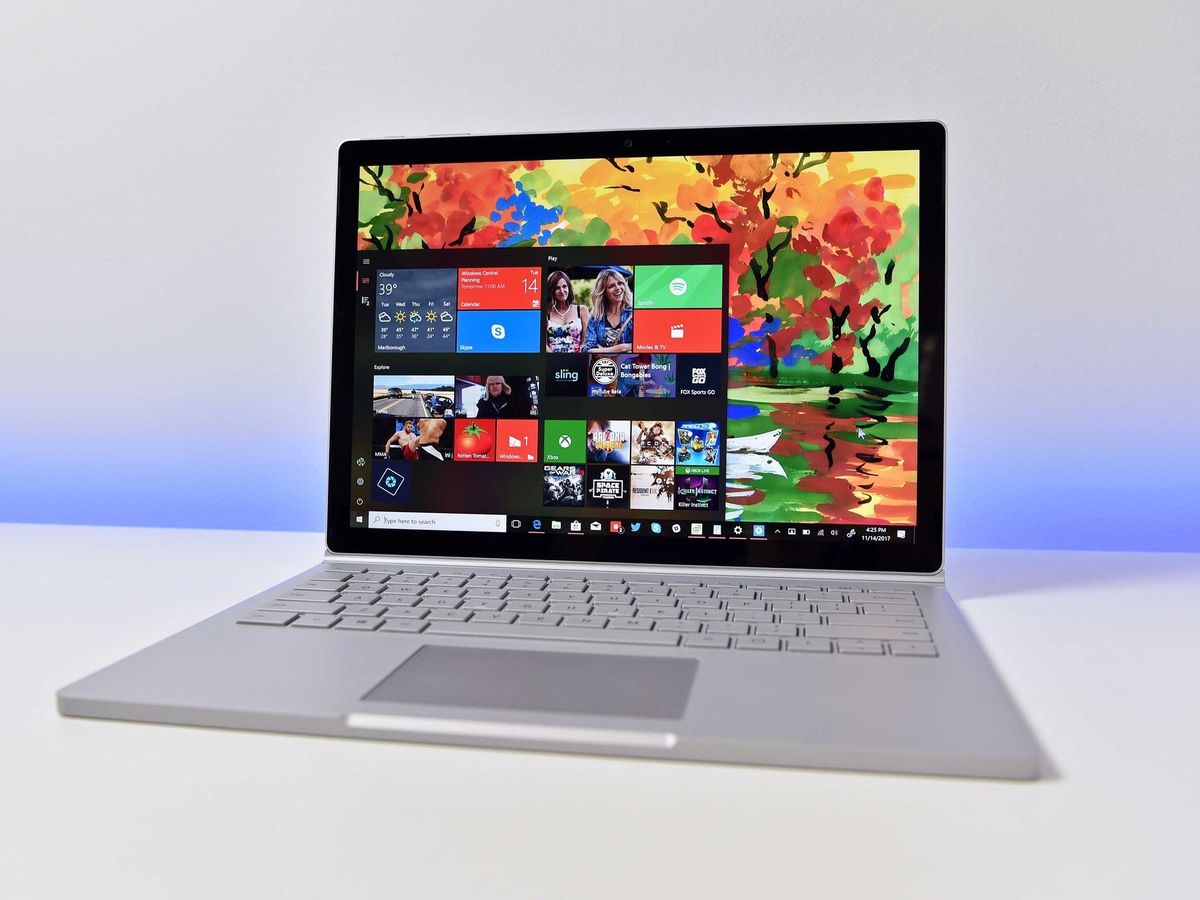
Starting in March, Windows Defender will begin detecting and removing "cleaner" and "optimizer" applications that use coercive messages to scare people into upgrading to their paid versions. The programs in question typically offer to scan and discover problems with their free version, then ask users to pay to fix any problems that they purport to find, often with messages intended to scare.
The move comes in response to a rise in the number of these programs, Microsoft says in a new blog post. The company has updated its evaluation criteria to include the following:
- Programs must not display alarming or coercive messages or misleading content to pressure you into paying for additional services or performing superfluous actions.
- Software that coerces users may display the following characteristics, among others:
- Reports errors in an exaggerated or alarming manner about the user's system and requires the user to pay for fixing the errors or issues monetarily or by performing other actions such as taking a survey, downloading a file, signing up for a newsletter, etc.
- Suggests that no other actions will correct the reported errors or issues
- Requires the user to act within a limited period of time to get the purported issue resolved
Microsoft says that it began requiring cleaner and optimizer programs to provide detailed reports on what they claim needs to be fixed, starting in February of 2016. The goal, Microsoft says, is to prevent such programs from simply stating that there are a number of errors without giving customers information about what's alleged to be wrong.
Windows Defender will begin classifying these programs as "unwanted software" and removing them starting on March 1.
Get the Windows Central Newsletter
All the latest news, reviews, and guides for Windows and Xbox diehards.
Dan Thorp-Lancaster is the former Editor-in-Chief of Windows Central. He began working with Windows Central, Android Central, and iMore as a news writer in 2014 and is obsessed with tech of all sorts. You can follow Dan on Twitter @DthorpL and Instagram @heyitsdtl.
